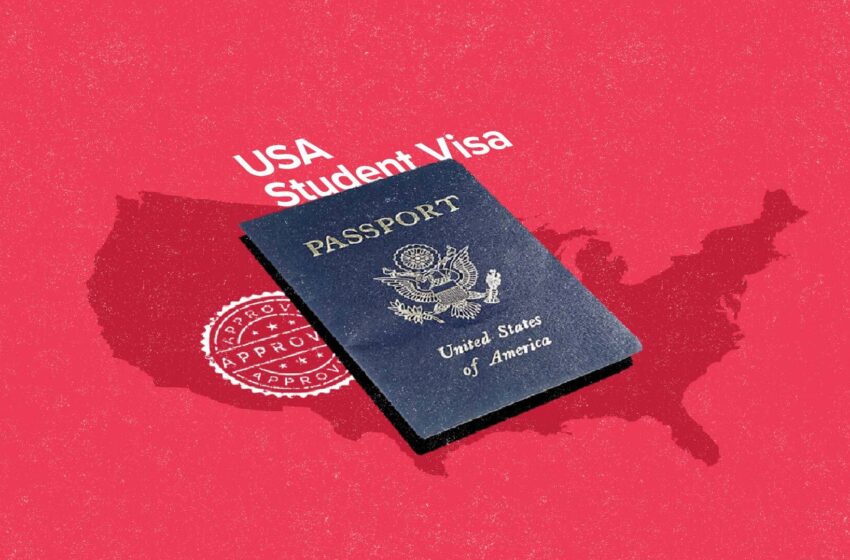What the new U.S. student visa rules mean for International students

New U.S. student visa rules may shorten study timelines for international students.
The Trump administration is introducing a significant change to U.S. immigration policy that could drastically impact international education. Under a proposed rule, F-1 and J-1 student visa holders will face a fixed-year limit instead of the current “duration of status” system. This shift could reshape how international students plan their academic and career futures in the United States.
From “Duration of Status” to Fixed-Year Limits
Currently, most student visa holders in the U.S. can stay for as long as their academic program lasts, provided they maintain enrollment and follow immigration rules. This is known as the “duration of status.”
The new proposal, however, would set a four-year cap on most F-1 and J-1 visas, with some countries facing a two-year limit due to higher visa overstay rates or U.S. national security considerations. After that period, students would need to apply for extensions to continue their studies, potentially adding uncertainty and costs.
Who Will Be Most Affected?
Students from countries with historically higher overstay rates, including parts of Africa, Asia, and the Middle East, are likely to feel the biggest impact. For these applicants, the two-year limit could disrupt academic timelines, particularly for those pursuing advanced degrees like PhDs or medical training.
Indian students, who make up one of the largest international student populations in the U.S., are also expected to be affected, although most will likely fall under the four-year rule. Still, concerns remain over whether research and internship-heavy programs could fit within the proposed limits.
READ ALSO
US wholesale price jump could mean higher bills ahead… here’s what to know
Gloria Gaynor, others nominated for Kennedy Center Honors by Trump
Impact on Academic and Career Plans
The proposed visa duration change may force students to compress their academic schedules or face the uncertainty of extension approvals. Fields like engineering, law, and medical sciences, where degrees often take longer, could see higher attrition rates among international students.
Some education experts warn that the policy could deter talented students from choosing U.S. institutions altogether, pushing them toward countries like Canada, the U.K., or Australia, which offer more predictable visa timelines.
Possible Economic and Cultural Effects
International students contribute billions of dollars annually to the U.S. economy through tuition fees, living expenses, and research funding. Shortening visa timelines could reduce enrollment numbers, affecting not only universities but also local economies that rely on student spending.
Culturally, U.S. campuses may lose some diversity, as students who once saw America as a long-term academic hub may seek opportunities elsewhere.
Next Steps and Uncertainty
The proposal is still under review and may face legal challenges. Advocacy groups, universities, and student associations are already voicing opposition, citing the risk of making the U.S. less competitive in the global education market.
If implemented, the new rule would apply to new visa applicants first, but it could also affect current students seeking program extensions.


